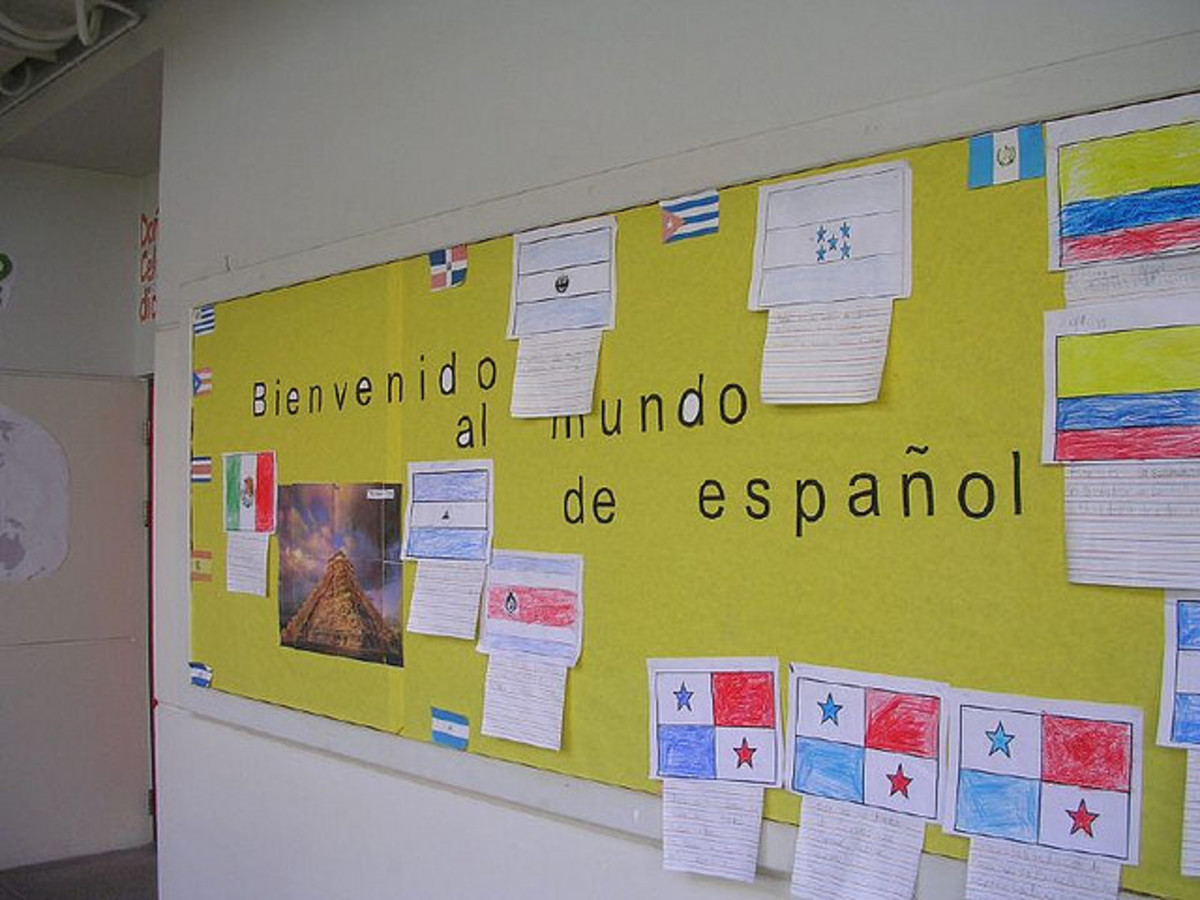- HubPages»
- Education and Science»
- Teaching»
- Lesson Plans
How to Use Repetition Words Without Crushing Students' Motivation
Using Focused Repetition
12 Ways to Encourage Participation in an ESL Class
2. Repetition
Repetition is a slippery beast. There are some places (like Japan- where I currently teach) where it is overused, and the effects are not pretty. If you are teaching a language with similar accent and intonation to the students' native tongue, I suggest you use repetition sparingly if at all. However, for those of us teaching Chinese or Japanese students, avoiding repetition is impossible.
It's tempting to force students to repeat a word until they actually say it correctly... RESIST. By doing this, you simply annoy them/tell them they can't speak English, and as soon as they leave class they will revert anyway.
On the other hand, if you don't make them say the phrases with you at all, they will be unsure that they can say it, and subsequent speaking activities will fall flat as they revert to their native language every time your back is turned. If you have a problem with students refusing to use English in class, it's likely that repetition may fix it (though repetition does nothing for purely unmotivated students; see my previous article on movement activities for that).

Basics: When to Use Repetition
When should you use repetition in an ESL class? At the beginning of the lesson, right after introducing the material. If you are introducing a topic for the first time, go over it and then get to the examples you will use in the day's speaking activity. Read the section yourself once or twice to let them hear it (if you have a CD, that's fine). Make sure the phrases are written down somewhere for students to read off, then instruct them to repeat after you.
If you are reviewing previously covered material, start off with a quick repetition.
"Does everyone remember weather? Repeat after me... It's sunny today!"
If your students are reluctant to repeat things (I haven't been able to divine why this happens, but my thought is that no one wants to be the first to start, as then their voice is actually audible and they might be judged) it's best to have a cue to start. Sort of a "One-two-one-two-three-four" equivalent. In Japanese the cue they recognize is "Saaay-no!" but adjust to what your students might use. I hate to use native-language cues, so I paired "Saaay-no!" with a cupped-ear "Let me hear you!" pose, and then gradually stopped using the vocal cue.
Me: It's cloudy today! 1-beat , cup hand to ear and pose.
Students: It's cloudy today!
If you notice your students aren't speaking English during an activity, stop the activity but don't make them sit down. Tell everyone to look at you, and start a repetition of the key phrases. This is a better reminder than screaming "Speak English!" over and over, and increases their confidence. Especially if you have a long lesson, they may need a refresher before or during the activity.
Notice that I've only given three instances where you should use repetition. Initial lesson, once for review, and a refresher during an activity. This is because those are the only times you should use repetition. It is not a learning tool, it is only a speaking tool. Overuse of repetition is the fastest way to bore students. For some general structures of how to do the initial repetition exercise without boring the kids, read on.

Basics: Rehearsing a conversation
When using a demo conversation between two people (very common in language books), there's a useful pattern to edge your students into speaking. It's easy and it can be applied to any language. This article assumes that the students already understand the content (we're focusing on increasing class participation and making students enthusiastic, not perfect English skills).
1. Teacher recites the lines (If you have a co-teacher, even better.)
2. Teacher recites the lines and students repeat them sentence-by-sentence
3. Teacher says one person's lines, students provide the response
4. Teacher and students switch parts
5. Divide the class in half and have the left side read one part, the right side read the other
6. Students divide into pairs and practice the dialogue through twice on their own
If your students are more forthcoming, and accent isn't as much of an issue, simply skip steps 1, 3, and 4. I do love 3 & 4 for the quiet classes though. If your kids have a tendency toward whispering, get students to talk louder by slowly becoming louder yourself. I once challenged my whole class, saying that all of them combined still couldn't scream louder than I could (it was one of those desperate days- just you wait, you'll remember this when your kids won't stop whispering). Anyway, they eventually beat me at the "Everywhere we go/People want to know" cheer and we all felt better after a little yelling.
After this introduction, all students should be prepared to use the conversation in activities and to recreate the pattern in different situations. If you remember the initial example from the first article in this series, we talked about calling on a student and asking them to modify a dialogue on the spot. With no preparation, the student is likely to clam up and refuse to answer. However, now that the class has said the lines a few times, we're halfway to getting a response out of them.
Check Comprehension with an Activity
The best practice now is to revert to tip #1: Movement. Make groups, move desks, and ask the students to modify the conversation with their group members. A little structure will help here, for example you should probably point out the key words that can be changed. A mad-libs style worksheet will keep the most unimaginative students from giving up. (See my tip on using Word Banks and adding structure to activities)
There is no way to tell what exactly will work with any class, even within my own school different classes are more and less willing to use their imaginations. Use your best judgement and maybe give out the mad-libs version of the conversation in 5 minutes if you can see some groups sinking.









